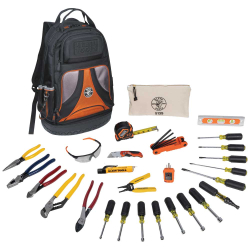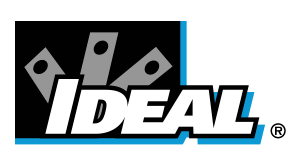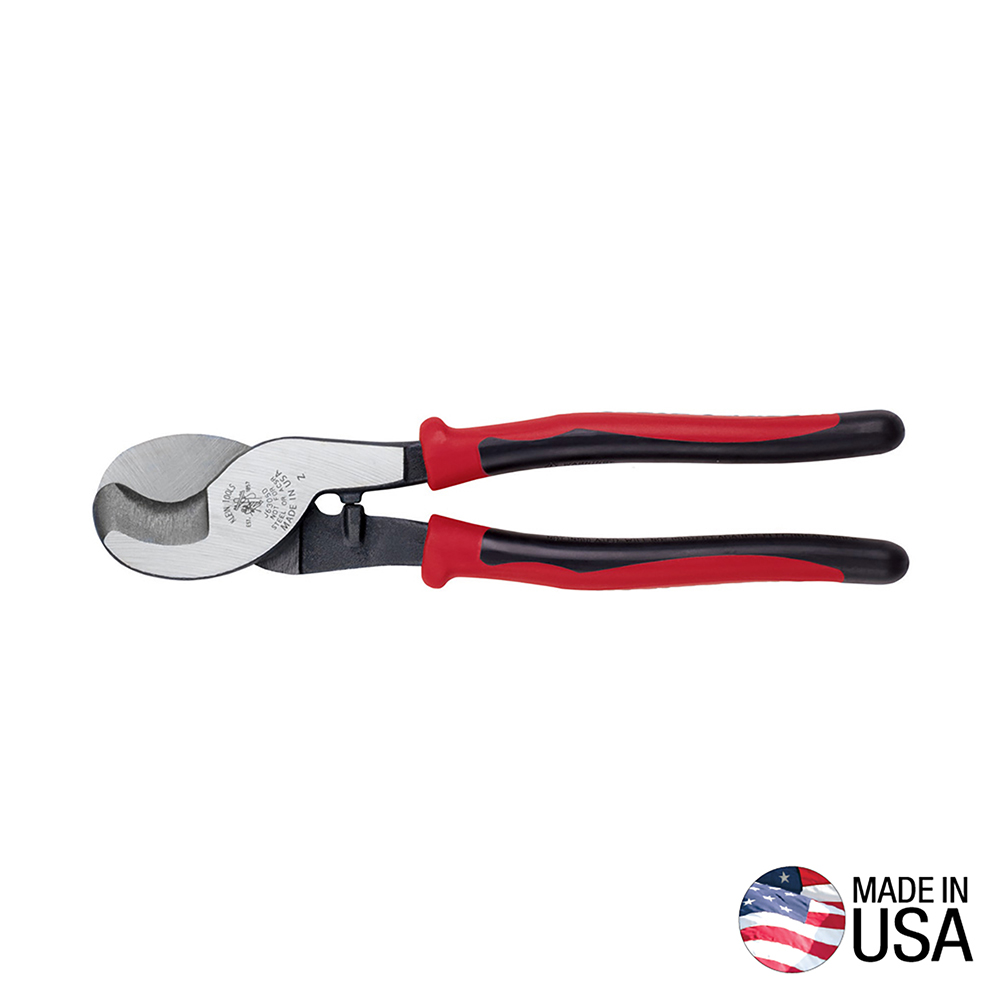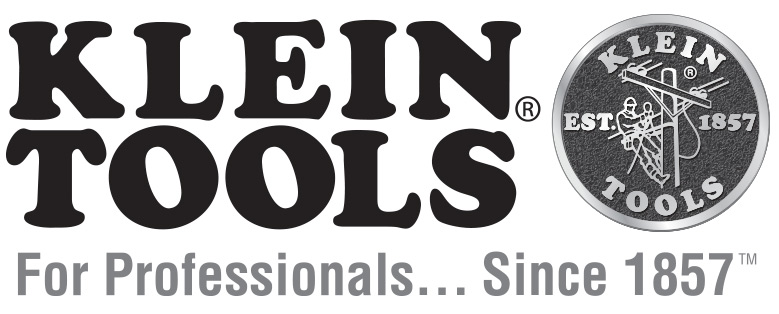I'm just starting my new project. The rats nest! I have a 1977 Catalina 30 with an Atomic 4 (not currently running  , but that's another issue). None of the instruments that came with the boat work, and never have. It's time to tackle the big job.
, but that's another issue). None of the instruments that came with the boat work, and never have. It's time to tackle the big job.
I have no electrical background at all, but I'm willing to put the time in to learn. I've been trolling the messages here, and I'm learning tons. I have the Moyer Marine handbook, "This Old Boat", "Sailboat Electrics Simplified", and just ordered "Boatowner's Mechanical and Electrical Manual".
But I still have a few questions for the experts!
These pics are the front and back of the instrument panel. The pic with the busbar is just to the left of the back of the instrument panel... It's a real mess.
I'm wondering...
What do you think of the instruments in the panel? Are they the right ones, or should I add/subtract some?
As I replace the wiring, should I do one wire at a time, (or as I want, do I rip them all out and just start again from scratch?)
Is it really important to get the ABYC color coded set, or can they all be the same color? I understand they should be labeled?
Should I replace the old (probably original) instruments with shiny new ones? Expensive, but maybe worth it?
I notice some wires just go from one instrument to the next, to the next, to the next... Is that correct?
Anything else I'm missing, or should be asking?
Sorry for all of the questions, but this is just the tip of the iceberg! If you know of any good posts that I may not have seen that might help, I'd really appreciate a link if that's possible. I hate to be the guy who asks the question when it's been answered for the thousandth time, but I feel like I need some specifics.
Thank you for reading, and thanks in advance for any help you can offer!
 , but that's another issue). None of the instruments that came with the boat work, and never have. It's time to tackle the big job.
, but that's another issue). None of the instruments that came with the boat work, and never have. It's time to tackle the big job.I have no electrical background at all, but I'm willing to put the time in to learn. I've been trolling the messages here, and I'm learning tons. I have the Moyer Marine handbook, "This Old Boat", "Sailboat Electrics Simplified", and just ordered "Boatowner's Mechanical and Electrical Manual".
But I still have a few questions for the experts!

These pics are the front and back of the instrument panel. The pic with the busbar is just to the left of the back of the instrument panel... It's a real mess.
I'm wondering...
What do you think of the instruments in the panel? Are they the right ones, or should I add/subtract some?
As I replace the wiring, should I do one wire at a time, (or as I want, do I rip them all out and just start again from scratch?)
Is it really important to get the ABYC color coded set, or can they all be the same color? I understand they should be labeled?
Should I replace the old (probably original) instruments with shiny new ones? Expensive, but maybe worth it?
I notice some wires just go from one instrument to the next, to the next, to the next... Is that correct?
Anything else I'm missing, or should be asking?
Sorry for all of the questions, but this is just the tip of the iceberg! If you know of any good posts that I may not have seen that might help, I'd really appreciate a link if that's possible. I hate to be the guy who asks the question when it's been answered for the thousandth time, but I feel like I need some specifics.
Thank you for reading, and thanks in advance for any help you can offer!








Comment